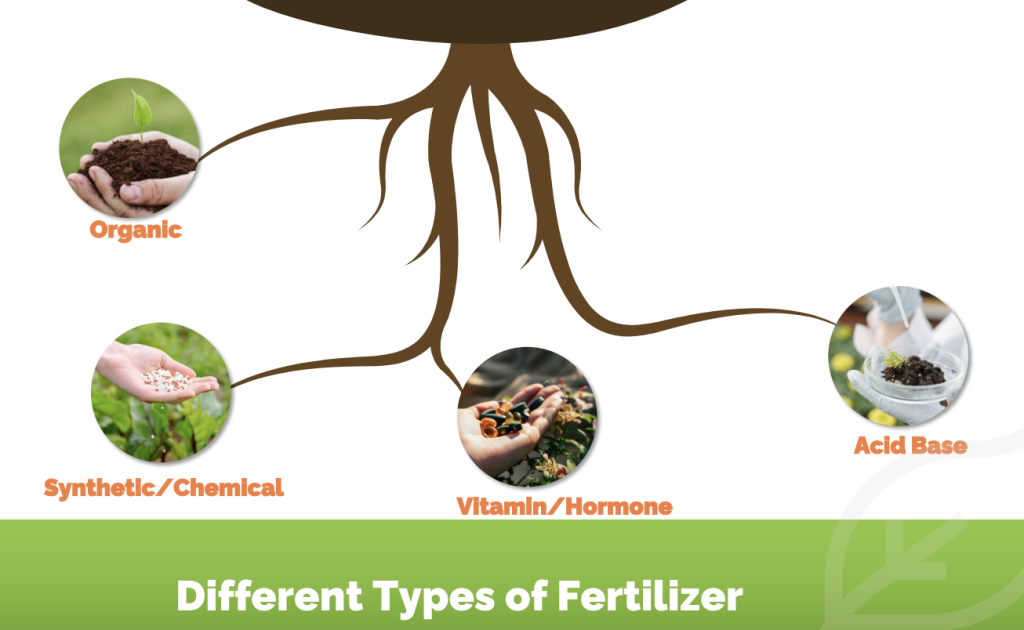
Soil Fertility & Nutrition by Vital Gro

In Arizona, different types of fertilization methods are used to meet diverse plant needs, each offering unique advantages.
Organic Fertilization
- Balances the soil ecosystem
- Boosts plant health naturally
- They’re all-natural
- The process of decomposition requires no chemical intervention
- Organic fertilizers don’t upset the balance in the soil because they don’t leave behind any artificial compounds
- Delivers nutrients in a slow, but sustainable rate
- Prevents over-fertilization
- CHEAP CHEAP CHEAP
Synthetic or Chemical Fertilization
- Fast acting
- Measurable
- Deficiency specific
- Results driven
- Most common on the shelf for comparison
Vitamin and Hormone Fertilization
- Vitamin B1 – Also known as thiamine, vitamin B1 helps plants transition to new environments by strengthening their immune response and supporting metabolic processes. It can also help plants establish themselves in new locations by promoting root growth.
- Vitamin C – Helps plants synthesize ethylene, a plant hormone, which can promote shoot and root growth.
- Vitamin D- Helps plants absorb calcium, which can lead to cell elongation and meristematic cell division.
Acid/Base Fertilization
- Helps to break down compaction
- Increases microbial activity
- Increases fertilizer solubility
- Decreases alkalinity/salts
- Increases absorption
- Increases oxygen content levels
- Decreases water pooling
- Reduces mold formation
Share this post :
Categories
Latest Post


The Fertilizer Arizona Trees Love Most
September 15, 2025
No Comments

Preparing Citrus Trees for a Sweet Harvest
August 15, 2025
No Comments

